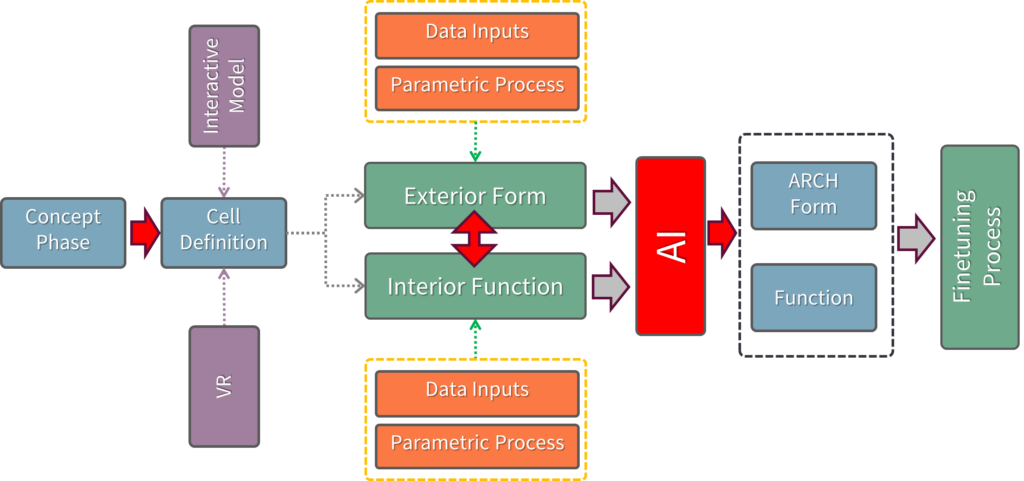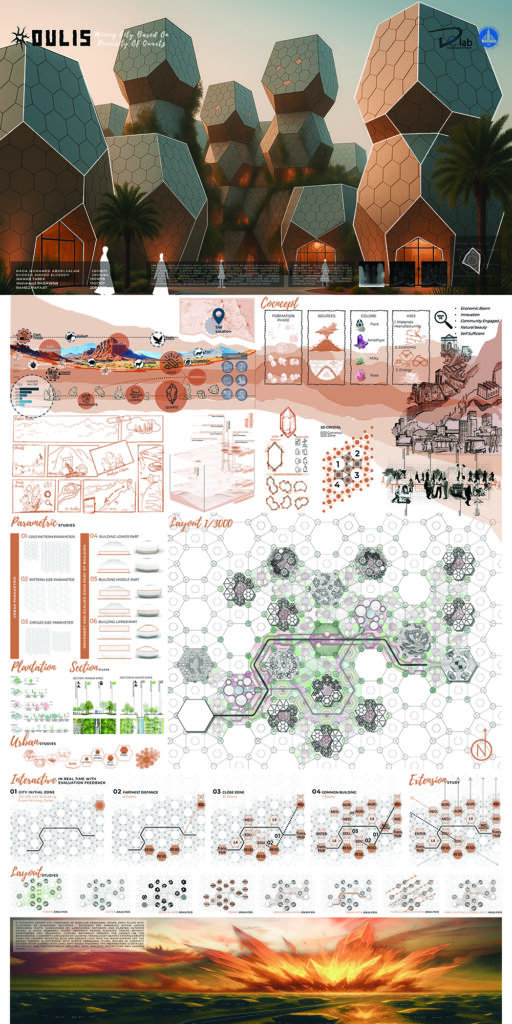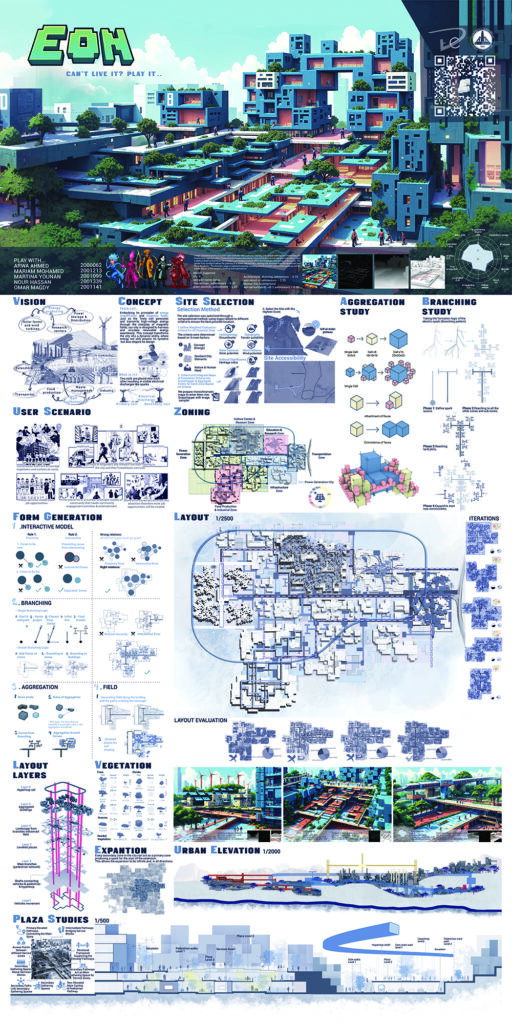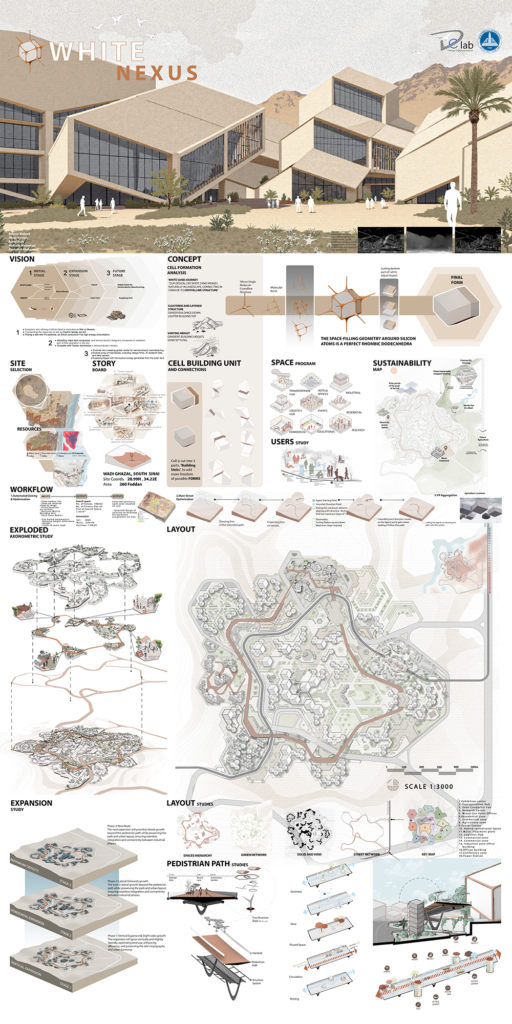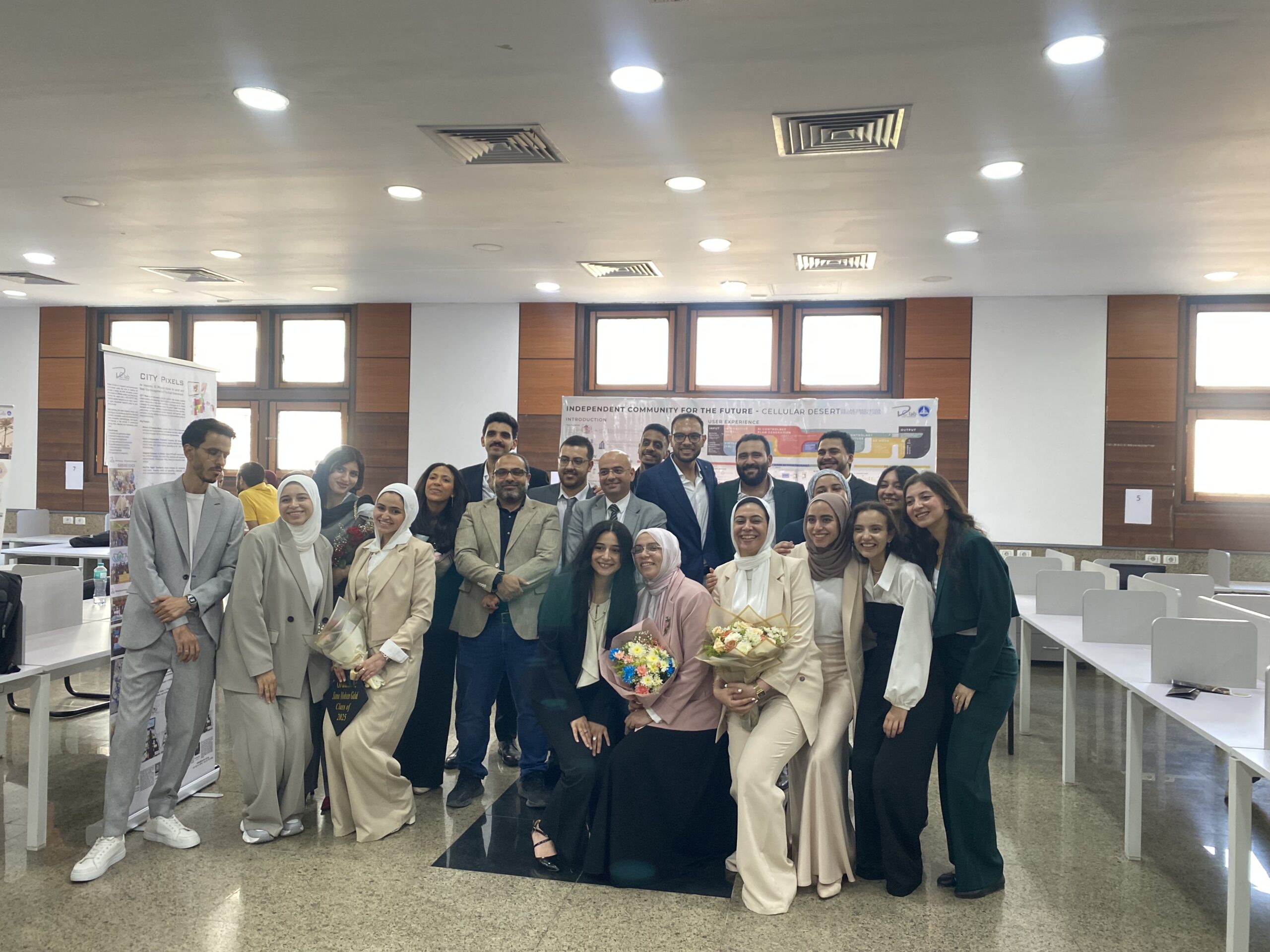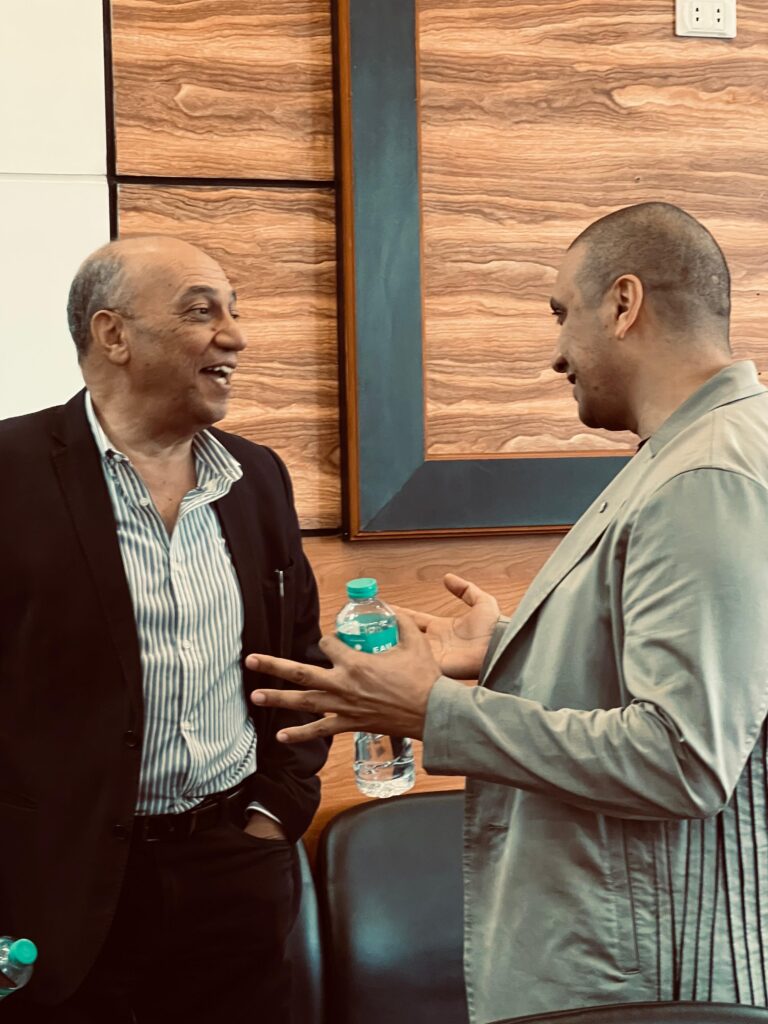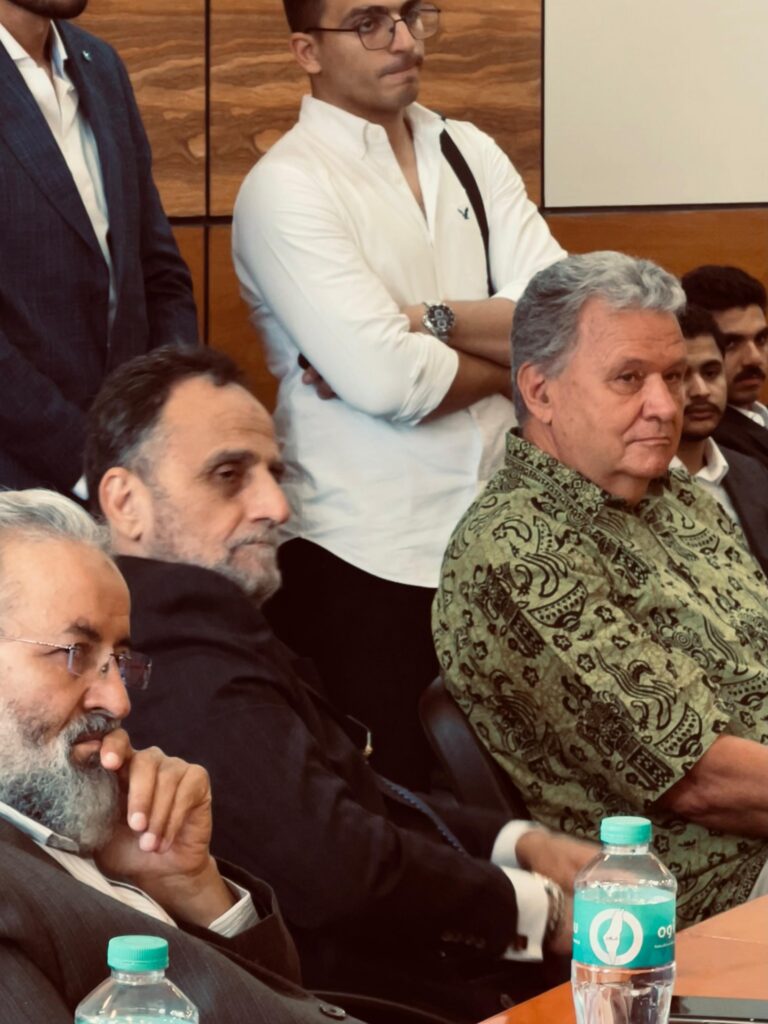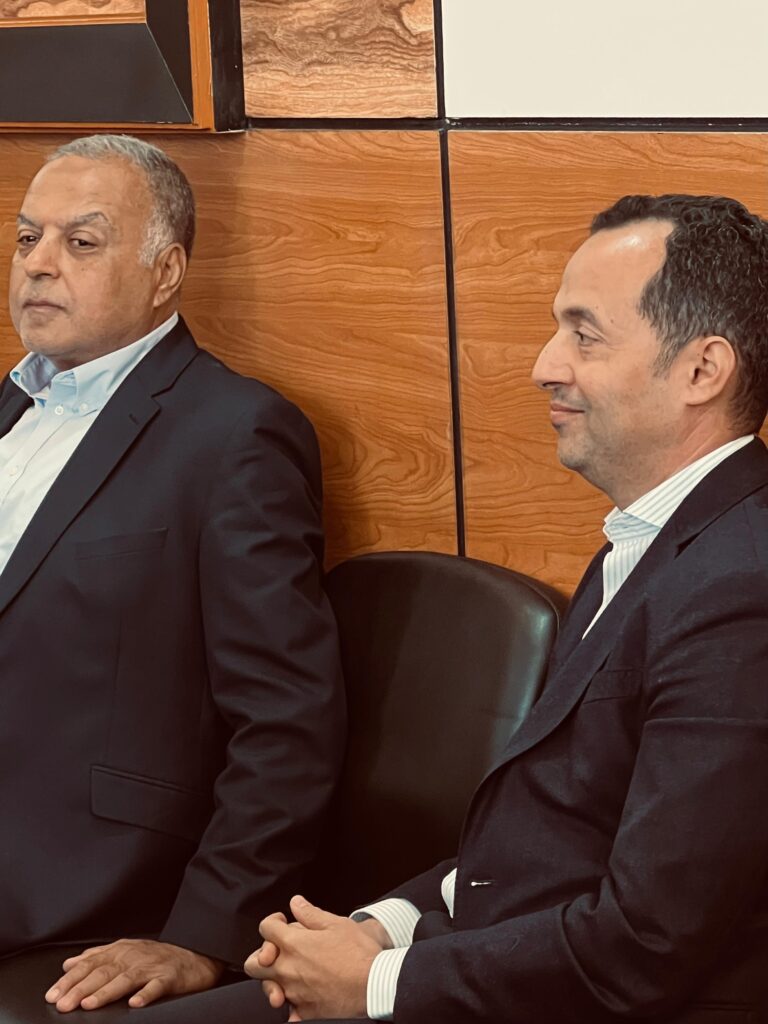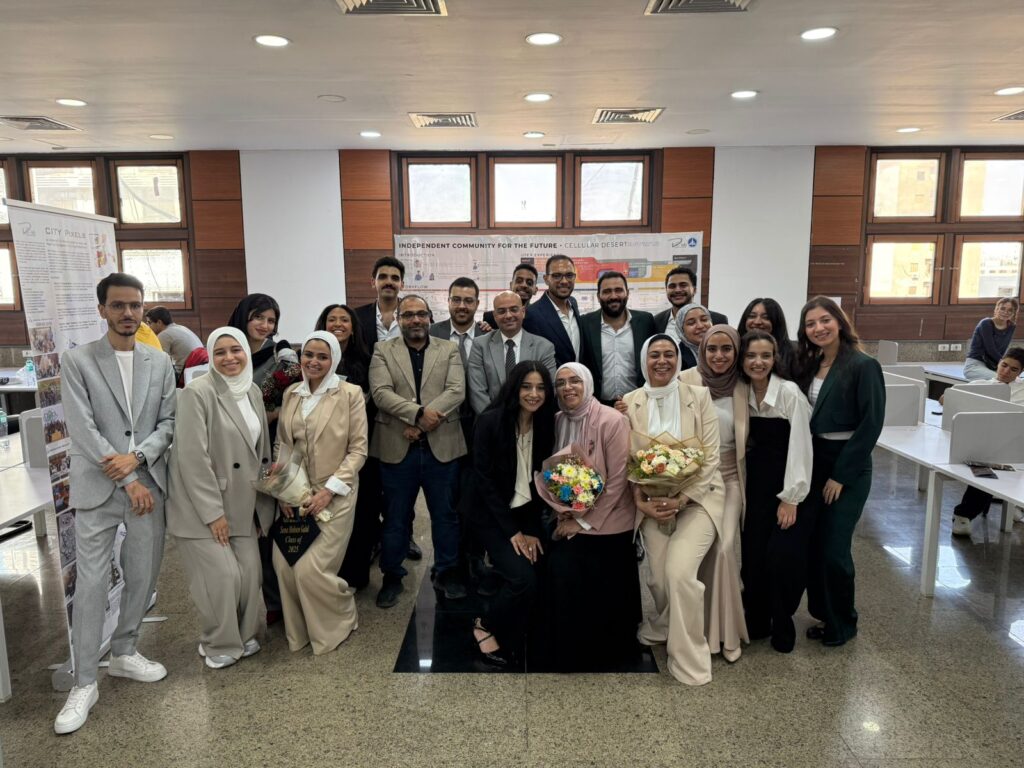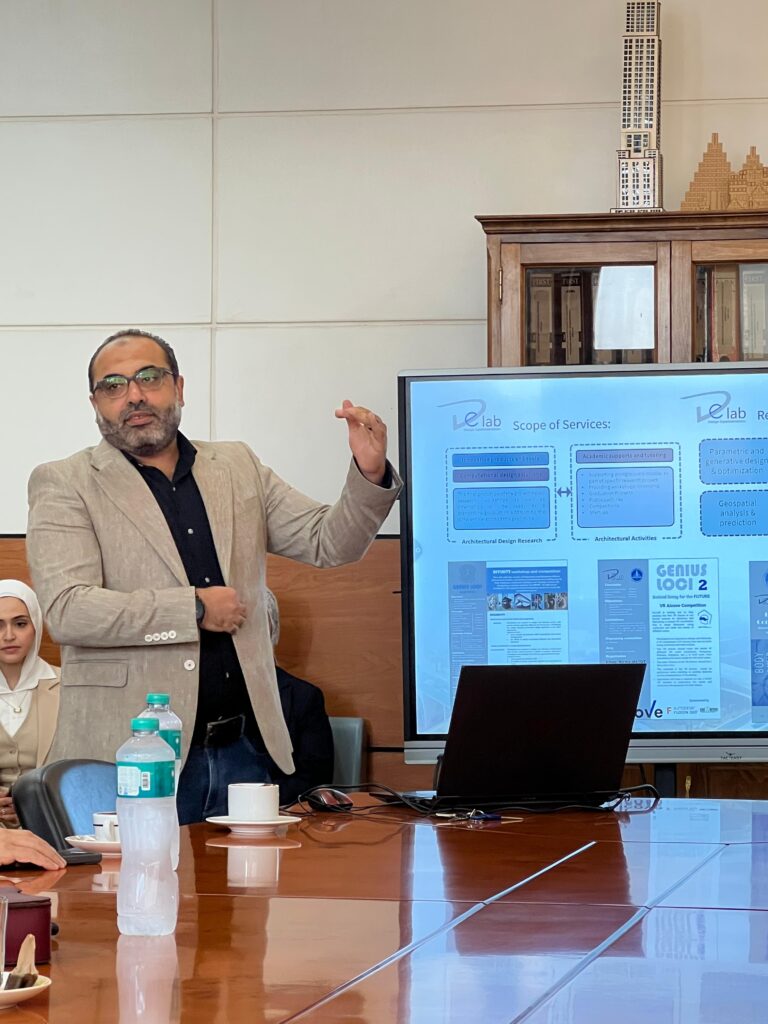Objective
Designing a scalable, self-sufficient community in the Egyptian desert, utilizing AI for space layout optimization and functional adaptability. The project aims to create a resilient living environment that can thrive under harsh conditions while remaining sustainable and responsive to its inhabitants’ needs.
Site
Desert of Egypt, leveraging the unique landscape and climate.
Climate Suitability: •Harsh desert conditions provide an ideal testing ground for self-sufficient and resilient community designs. •Ample sunlight supports the integration of solar energy systems.
Geographical Features: •Flat or gently sloping terrain facilitates modular expansion and construction. •Proximity to natural resources, such as underground aquifers, can aid in water sustainability.
Accessibility: • Reasonable proximity to existing infrastructure (e.g., roads, utilities) to support initial development phases. •Potential for future connectivity with urban centers for economic and social integration.
Environmental Impact: •Location should minimize ecological disruption and preserve local biodiversity. •Opportunities for environmental restoration or enhancement as part of the project.
Cultural and Historical Context: •Respect for local heritage and cultural significance of the land. •Potential to incorporate traditional building techniques and materials.
Strategic Importance: • Alignment with national or regional development goals, such as promoting sustainable living or enhancing desert habitation. •Potential to serve as a model for future developments in similar environments
Design Process
